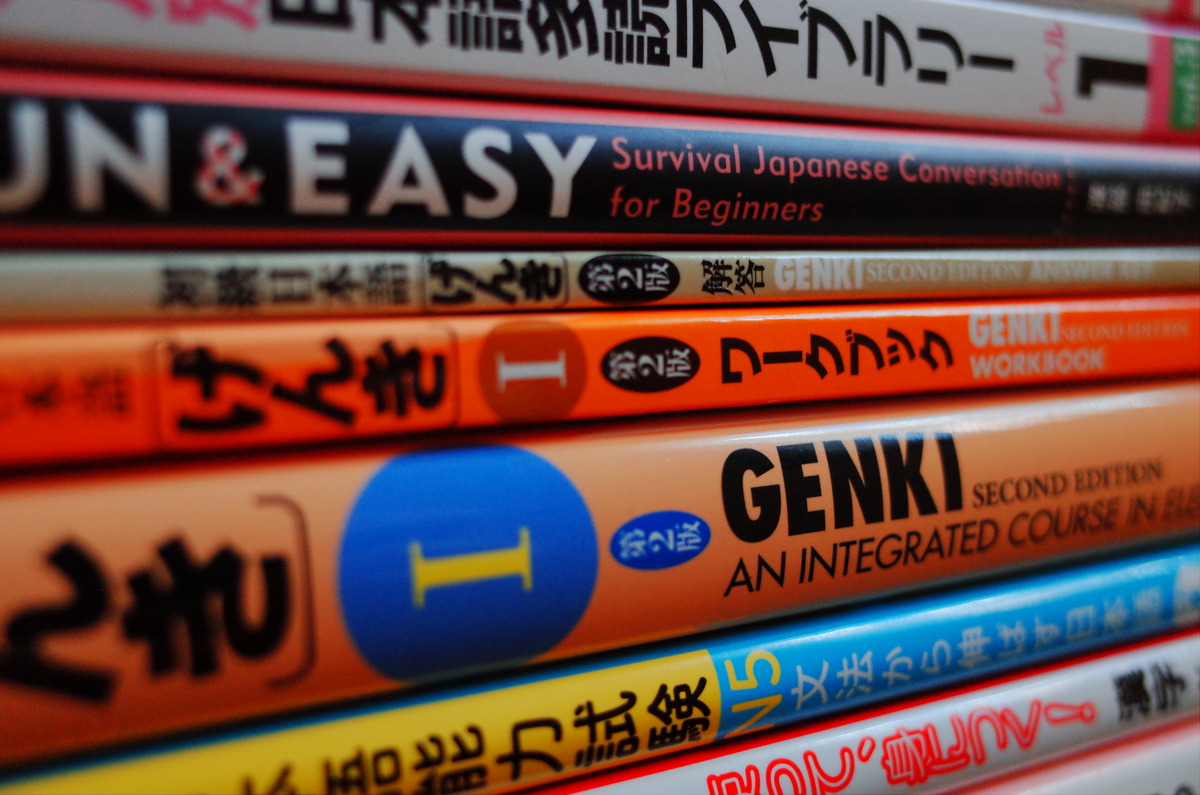Six Years Studying Japanese

Within the four years since I wrote Two Years Studying Japanese, I’ve studied Japanese every day. This dedication has helped me reach my goal to enjoy short stories and manga in Japanese. I’ve been fortunate to use this knowledge on two further trips to Japan, which provided the opportunity to practice Japanese in real-world scenarios. Although I have used physical Japanese media to reach this point with the language, I have incorporated web applications and digital media. In this post, I cover the tools which have been beneficial to me.
WaniKani
A variety of methods exit to learn kanji today. WaniKani, which utilizes spaced repetition and mnemonics, has been my favorite since 2018. Each level on WaniKani introduces new radicals, kanji, and associated vocabulary. When a new kanji or vocabulary word is presented for the first time, a mnemonic is introduced. Each mnemonic act as a short story, which aids in remembering the meaning. For example, the on’yomi reading for “lose” is ふ (fu). The kanji for lose, 負 , is constructed with two radicals, prison and shellfish. The mnemonic for lose is, “When you’re in prison, the person who has the shellfish loses. If you lose, you’re a fool (ふ ).”
With this system, I’ve learned hundreds of kanji and vocabulary words. To reduce burnout, I recently set my new lessons for each day to five. Although the reduction slows daily progress, I use the extra time to work on Wanikani reviews, Anki decks and reading with Satori Reader.
Satori Reader
Recently, I came across Satori Reader, an application which focuses on reading Japanese stories. The majority of the stories come packaged within individual series. I’ve been reading through a series called Spring, which follows a family of birds. If I’m unfamiliar with a word in a story, the application allows for me to click the word to receive the dictionary form, along with the word’s usage in context. Furthermore, Satori Reader has a review system, which behaves similarly to WaniKani with spaced repetiton. When setting-up my account, I synced Satori Reader with my WaniKani account, which makes sure Satori Reader strictly shows kanji I’ve learned. Otherwise, the application shows hirgana or kanji with furigana.
Crystal Hunters
An invaluable resource I came across for reading Japanese is a manga series called Crystal Hunters, which was created by language learners for language learners. The first book is available in a variety of languages but recent entries are available in either English or Japanese. With Japanese, two versions are available. The natural Japanese version has kanji with no furigana, while the standard Japanese version provides furgina. No matter the choice, vocabulary and grammar concepts are basic in the first entry but are enhanced from book to book.
Although not required, I recommend to have knowledge of hiragana and katakana before reading Crystal Hunters. A kana chart is provided for free on the Crystal Hunters website but the series does not solely teach either part of the Japanese writing system. Each panel of the manga is in Japanese, with kanji, with no on-page translation. Though as mentioned, furigana is available in the standard Japanese version.
Anki
For daily vocabulary review, I use a flashcard application called Anki. Although a desktop version exists, I use the mobile application for ease-of-use. Each day, I complete reviews and lessons from three unique flashcard decks. The first deck covers vocabulary from Genki 1, the second deck covers vocabulary from book three of Japanese From Zero, and the third deck covers vocubulary from a series called TheMoeWay Tango N5. Although these decks cover vocabulary between an N4 and N5 level, I run into the common issue of not knowing a kanji within individual reviews. Furigina is present within the answer card but not the question card. I wish I had the ability to sync Anki with WaniKani to change when kanji is displayed.
From Zero
Japanese From Zero, a favored textbook series of mine, launched a web application. Although I completed books one and two in the past, I reviewed both books through the online version within the past year. My goal was to complete the lessons and quizzes of each book before I proceeded onto book three, which I completed last month. George Trombley, the primary creator of the series, has made each book enjoyable to go through. George made an effort to create individual YouTube videos for each lesson of each book, with each video filled with anecdotal stories and humor. Whether through the web application or physical books, Japanese From Zero is worth the money.
Learn Japanese To Survive!
The Learn Japanese to Survive series on Steam is fantastic for learning the Japanese alphabetical system. Individual games exist for hiragana, katakana, and kanji. At the moment, I am playing through Kanji Combat, which is the third entry in the series. The game blends traditional role-playing-game elements with language learning. Kanji Combat takes characters through explorable environments to complete quests through turn-based combat. In battle, players are required to correctly use kanji characters to defeat enemies (In the form of individual kanji).
Podcasts
A weak area for me with Japanese is the ability to effectivly listen to Japanese at a natural pace. To help with this issue, I’ve recently incorporated Japanese podcasts into my daily studying routine. A favorite of mine is Japanese with Shun. The podcast episodes are short in length, and use vocabulary and grammar from the Genki textbook series. At the end of each episode, Shun covers the words and phrases used. Topics include daily routines, travel, and work.